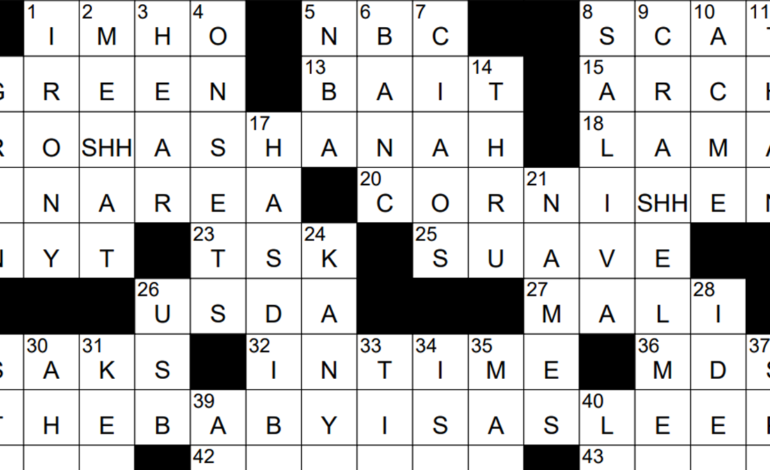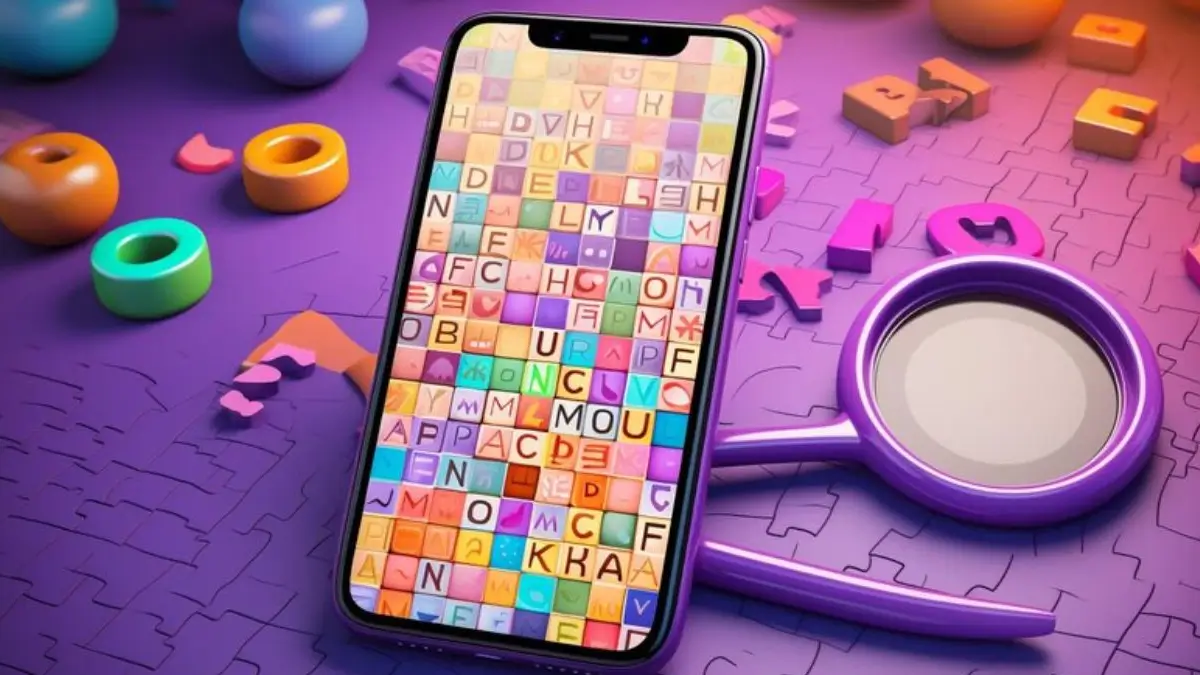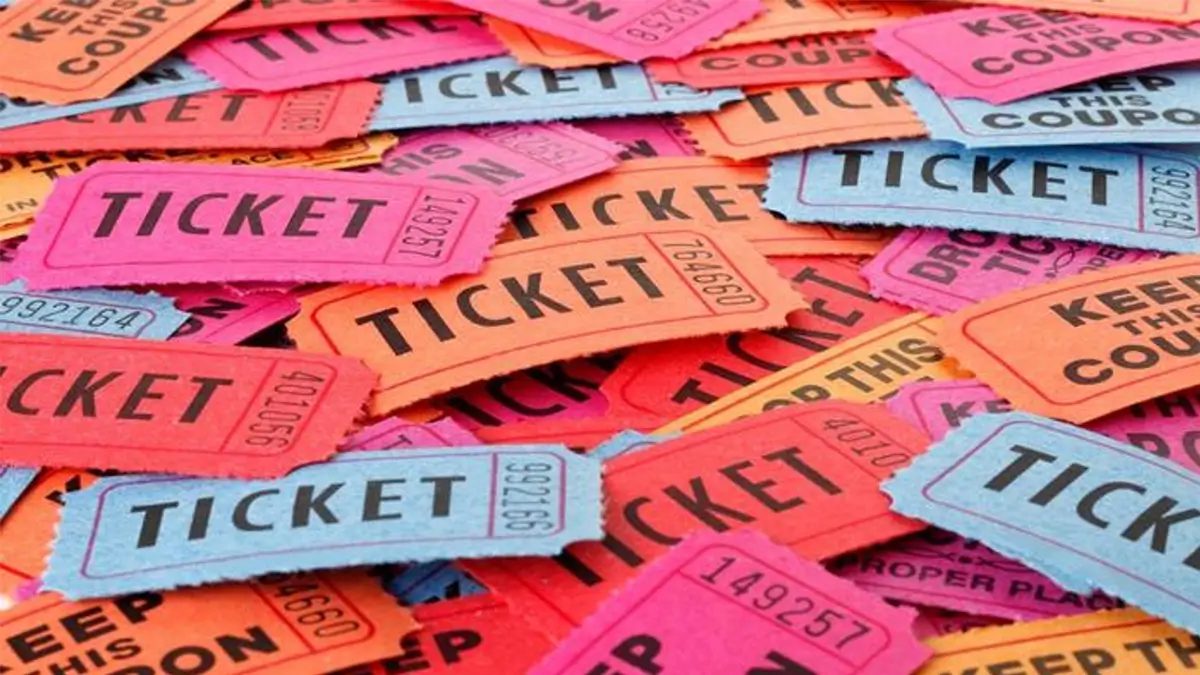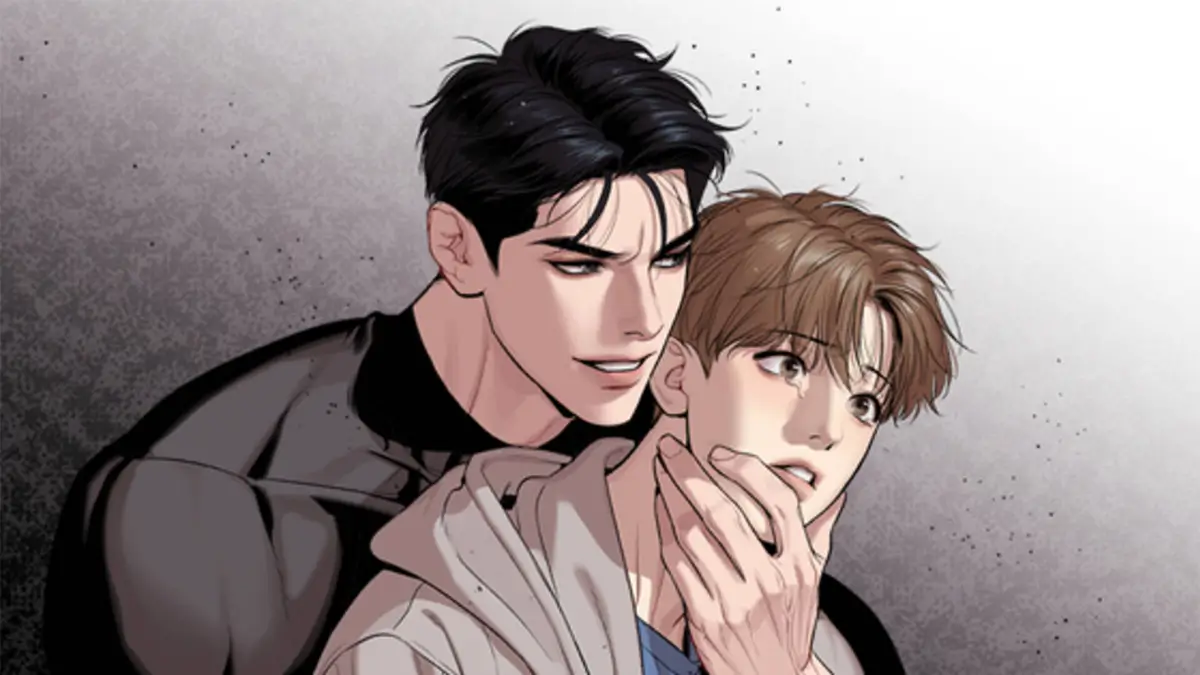Fell into The Arms of a Mad Villain Spoilers | Warning Alert!
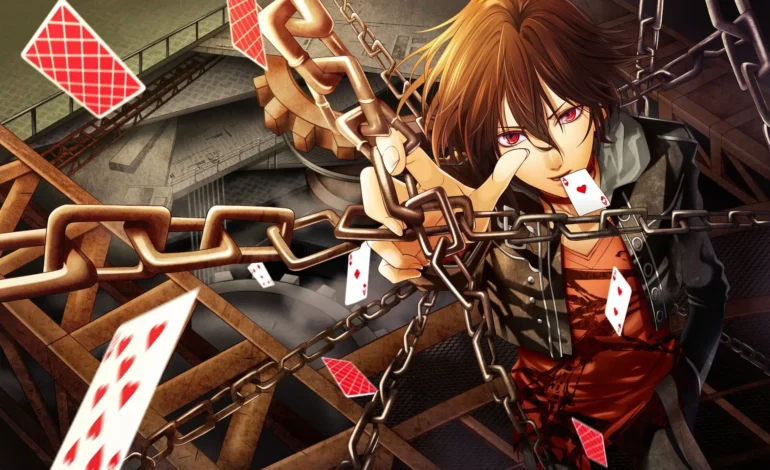
The legend of storytelling is replete with a myriad of characters, yet the mad villain stands out as a figure that can captivate the audience with its enigmatic allure. These characters, born out of the pangs of misery and the ironies of life, possess a magnetic force that keeps the viewers and audiences enthralled. But is their appeal solely due to the unique features of their characters? And what are the implications of this fascination, both for the audience and for society at large? In this Article, we will talk About “Fell into The Arms of a Mad Villain Spoilers”.
The Enigmatic Appeal
It becomes known to everyone that these complex and unpredictable villains have in their characters’ army to get their way and be voiced like any character in the world of media or literature. Moreover, this characteristic makes the conventional stories of black-and-white with no greys a distant past for viewers and readers. They plant the seeds of doubt regarding the lines between right and wrong and audaciously question the reader/viewer’s perception of good and evil.
Psychological Fascination:
What’s particularly intriguing about mad villains is the unfiltered nature of their emotions, expressed through their homemade smiles. This allows the audience to delve into a complex psychological journey, exploring the depths of human nature and the motivations behind their actions.
Narrative Tension:
At the forefront, the presence of the mad villain is not just about constant tension, but also about fear and suspense in the storyline. This element of unpredictability keeps the audience on the edge of their seats, eagerly anticipating the next twist. An air of uncertainty is woven into the plot, maintaining the audience’s interest from start to finish.
Understanding the Mad Villain
From time to time, in modern cinema and TV productions, filmmakers have taken that path of dubious moral choices, and their characters became modelled after the figure of the mad villain. This type of villain plays a pivotal role because of their internal motivations, which can trigger an innate desire for power or insanity. Evil villains span from the black depths of serene Macbeth to the cold charisma that Heath Ledger brought to his portrayal of the Joker (who, in comparison, brings absolute madness through their specific brand of mayhem).
Complexity of Characterization:
Villainous mad people have a wide range of characterisation characteristics that make them exciting and perfect candidates for a fierce battle against the side of good. Instead of the usual villains, who are purely evil, the mad villains are usually portrayed as pitiful figures frozen in time by the traumas of their past mistakes or perpetual guilt for their sins. Such complexity enriches the character characteristics, allowing readers or the audiences to draw personal links with them, thus making them more attractive.
Moral Ambiguity:
One of the most striking features of mad villains is their moral ambiguity. They may commit heinous acts, yet their motives are often rooted in a twisted sense of justice or a desire to rectify perceived wrongs. This moral grey area serves as a constant reminder for the audience to re-evaluate their own moral compass and gain a deeper understanding of this complex concept.
Chaotic Influence:
Equally dark and less morally sound, these villains not only cause havoc and insurgency but also go to great lengths to ensure that their plan for world domination succeeds. Depending on the approach of the villains, they can be depicted by using anything ranging from acts of violence, through manipulation to psychological warfare, that, however, always leave a trail of destruction in their wake that may lead to the falling off even the most courageous of heroes and heroines.
The Allure of the Mad Villain
Even though they are villains of the worst perversion, mad villains spark a fascination or excitement in your heart that you cannot win against. It could be their multifaceted character, stricken fate or an unwavering dedication that possesses us. Regardless of which theory appeals to us most, we can’t deny the allure of these characters that intrigue us.
Tragic Backstories:
The fact that many well-known bad guys have tragic backstories to their lives is a recurring trend that can attract the audience’s sympathy. Regrettably, these emotions and experiences are rooted in many different situations, such as the loss of childhood, betrayal, and societal rejection, which shaped their outlook. Accordingly, they take action in ways that are both touching and shivery.
Charismatic Charms:
Likewise, supervillains usually have a magnetic personality that makes them extremely attractive, not only to their victims but also to the general audience of the film. Each of them has something memorable about them, either in their lively nature, capacity to think, or chemistry that makes everyone stand still and answer some questions about their morals and beliefs.
Unpredictable Nature:
The unpredictable mad villains involved in the plots make the adventure unpleasantly inferior. The audience will never know what will happen next, and they will stand at the edge of their seats, waiting for the next turn or discovering the next hidden detail.
Falling Into the Arms of the Mad Villain
Viewers rarely end up competing with the scent of a rebellious mad villain. If this is true for Loki, the schemer of his brother Thor, or for Severus Snape, whose soul is tortured, it is possible to have experienced such moments even if one didn’t find a reason for which.
Emotional Complexity
Multiple times, villains who can emotionally speak to the viewers through their complex feelings are one reason why audiences fall for them wrong things to the audience; these characters humanize themselves when they get hit by fear or a moment of either vulnerability or humanity that is so relatable and sympathetic for the observers.
Forbidden Attraction:
There’s something seductive about villains, furious ones; their attractive and irresistible allure pulls you into their worldview. Human beings have an instinctive aversion to evil or moral dubiousness that is only an addition to this effect, so they want to be seen and be beside an audience in an exciting fight of attraction and repulsion.
Narrative Tension:
For instance, a thrilling and complex storyline between a romantic hero and a villain who is insane can provide more layers of depth to a narrative, leading in an eventual chief emotional rollercoaster which in turn captivates the audience.
The Impact on the Audience
Yet, what is it like to be caught in the arms of a lunatic villain? Some think it is a harmless escapade into fantasy and mysteries, while others argue that it enables users to cover up reality. For others, the very corners of the human mind make all the mirrors of self shine onto ourselves. We must look deep, even to the point of seeing our demons.
Emotional Investment:
The extreme influence of a mad villain on the life of the hero/heroine of the story is undoubtedly one of the most salient and essential themes as it creates emotional involvement. When it comes to fictional characters, the audience gets to be part of their battles, which makes them stronger as they go through the ups and downs of their lives, rooting for their redemption or downfall, sometimes with such intensity that it may seem like the characters are real people.
Moral Dilemmas:
Also, in addition to the fact that the audience members fall for the villain, it is challenging for them to distinguish between good and evil. Is it often the case that we support the character which led to some evil deeds? So, is there something about us, as individuals, when we are drawn to split-personality characters?
Psychological Exploration:
Being in love with a mad villain can also be a psychological experience. In a way, it allows the viewers to investigate the hazards of human nature, which are usually feared by trespassing or inspection. Viewers and readers can learn about their terror, direction, and desires by being inside those characters.
Ethical Considerations
While the siren song of the mad villain should not be forgotten, it is equally important to examine the ethical dimension of this. Do media portrayals of characters who commit heinous deeds, spend time hugging them, or lead us to sympathize with them indirectly condone them? It must be asked what the implication is when this kind of content is targeted at young, easily impressed audiences, which nowadays are usually the ones with the power to shape the minds and attitudes of their members mainly through media consumption.
Moral Responsibility:
As media consumers we own a moral commitment to constructively interact and deliberately use the content that we get. Even though it is genuine to feel empathy and fascination being directed towards complicated characters, it is important to understand that such narratives are only artistic expressions of real settings and people and, therefore, to approach them with a sceptic eye.
Normalization of Toxic Behaviour:
In addition, the mass media is in the habit of falsifying or hyping toxic behaviour, and it is not rare that, as a result of that particular part, audience members imitate the glorified behaviour in the media. We unintentionally make romanticizing and praising unhealthy behaviours that consist of abuse and manipulation an acceptable social norm and impede the process of erasing existing stereotypes.
Empowerment Through Representation:
Some believe the psychotic intrigue of mad villain characters could be used to emancipate the audience by revealing the tragedy behind many misunderstood persons occupied by society. By humanizing these characters and delving into what propelled them to act in such ways, storytellers are free to subvert prejudices, bring the audience to empathize with their cause and get to know the characters on a deeper level.
Criticism and Controversy
Questions like these have provoked diverse judgments from critics and the target group. While some contest that fictionally analyzing villains in the story adds value to understanding the complexities of human nature and breeds an understanding of toxic behaviour, others are concerned that depicting and romanticizing evil behaviour might be devastating in real life.
Feminist Critique:
Many times, it can be the depiction of abusive or manipulative relationships that viewers are subjected to when watching stories about heroes and heroines whose villains are in love. People think that the movie and play-making industry just maintains in place the ethics of racism and its patriarchal power handling through role-categorization, leading to violence against women.
Cultural Sensitivity:
Aside from this, the cultural sensitivity – cultural representation arguments in mad villain tales may be equally valid. These tales, with the romantic features of colonialism, imperialism, and any other forms of oppression, validate wrong stereotypes and fail to recover the identity of marginalized groups.
Audience Reception:
Moreover, the background and social space from which the audiences’ mad villain stories originate can also influence their perception. However, something that a few people might perceive as empowering or thought-provoking in one culture may be considered offensive or even critical in another country, which means cultural sensitivity is a crucial factor in storytelling.
Creating Compelling Villains
The essence of a good villain is that he should encompass several attributes that can allure readers, yet he needs to be more greyish and, thus, not designed for any form of approval or endorsement. A great way of making villains not so cartoonish and sinister, writers have chosen to depict villains in an even more complex way that forces the audience to think about their stereotypes and gradually approach moral ambivalence.
Psychological Depth:
One of the most effective underlying methods of creating exciting villains is a psychological analysis and clash within themselves. Through dissecting the origins of their action, writers can create characters that may seem more human and more accessible to take up some empathy even in their most profound minutes of being passive.
Moral Complexity:
Similarly, writers can deny their audiences the standard black-and-white dichotomy of good and evil by writing characters in the moral grey zone. Instead of representing villains as pure evil or untouchable characters, writers can add nuance and complexity to their storylines to encourage their audience to debate their own views and morals.
Consequences of Actions:
To sum up, artists must realistically envision the repercussions of evil deeds. Rather than just writing about somebody else’s actions, writers can demonstrate the ethical effects of this behaviour on others, which helps their audiences see these broader implications and consider what they mean by their choices.
The Evolution of Villain Archetypes
The ways justice is rendered in books and movies have entered into different stages leading from here to there, reflecting a change in everything like society’s behaviour, worldview and values. On the other hand, in the past, the role of the villain was to show the contrast from the hero and often had no history or complexity. Complexity is now the key element of the villains’ characters in modern movies, and evil and good are becoming more and more difficult to tell apart.
Historical Context:
In the past, villains were stereotyped expressions of badness that lacked the qualities of being three-dimensional and deep. The villainous characters became a convenient tool for the script writers to establish the Honesty, Courage, and Values in their respective Heroes, preaching the uncomplicated notions of Good and Evil (moral ideas).
Changing Perspectives:
While the reflection of our society in fictional works remains rudimentary as we enhance our understanding of human nature, our depiction of villains has also become more refined. One notable trend in modern narratives is that the storytellers explore villainous characters. Those characters can be a mellow representation of both a person’s inner struggles and complicated psyche, as well as problematic power structures.
Cultural Influence:
However, it is not only cultural and societal but also historical aspects which inspire the development of villains. There may be elements, which in specific culture are perceived as the worst, but in other ones the same acts are even admired as heroic or virtuous showing the relativity of moral judgments.
Impact on Pop Culture
The notion of mad villain narratives appears in the pages of books and the screens of theatres and holds great power in a vast spectrum of other media. Beyond fan art and fan fiction, the power of these characters extends to cosplay and conventions, where legacies endure in the minds and hearts of knowledgeable fans as they recreate the charm of original heroes for generations.
Fan Communities:
One of the major advantages of mad villains narration is the popularity of attracted fan base who love accolading and deepening the characters. Fandoms like this generate an exceptional kind of energy. Fans share their love for familiar villains online (in forums, social media) and offline (at fan conventions) while speculating about future adventures.
Merchandise and Memorabilia:
Therefore, the creation of comics with a mad vi plan included the birth of a comprehensive industry for various merchandise and collections. Action figures and collectables, dressed-up pieces, and accessed-accessories accessories are available, and they can then show off their love and passion for the characters. As a result, characters keep living and are even sure to survive longer in pop culture history.
Cosplay and Fan Creations:
The tenth way pop culture has been affected by mad villain narratives is through the creation of Internet platforms, cosplay, and fan fiction. Hobbyists value authenticity and wear detailed costumes containing exact replicas of iconic characters, which they supplement with equally elaborate items, showcasing their ingenuity and passion for the hobby.
Fan Theories and Speculation
So, the villains endure, and a growing community of viewers enjoy diving into various details of their favourite characters. That is why the enduring appeal of the mad villains has given rise to a thriving community of fans. Explanations of what lies behind the title, hidden intentions of the author, and predictions about possible plot twists are among the examples, to say nothing of the admiration for the human cannonball. The diversity of these discussions is an excellent example of the immortality of storytelling.
Analyzing Character Motivations
One of the most standard practices is viewed as a movie lover whose favourite villains are admired, and whose life story and motivation are analyzed. In an attempt to examine every little detail of every piece of dialogue and non-verbal gesture, fans search for hidden but profound reflections on people and their lives.
Predicting Future Plot Twists
Besides, they (fans and lovers) enjoy guessing about upcoming surprises and developments. Fans and lovers expect great things. One of the awesome things about watching TV is that the audience gets an opportunity to use the power of their own intellect to try and guess the plot twists—what the conclusion of the cliffhanger would be or who the sensational character of the show is.
Creating Fan Works:
In the end, fanatics tend to utilize this creativity through remembrance, such as fan fiction, fan art, and fan videos, to represent their love for go-mad villain characters. These crafts enable followers to go through their favourite stories in a different direction, adding to the stoically fluent ones and creating other alternatives to promote their favourite characters better.
Coping Mechanisms for Fans
People who are involved in darkest fiction have to have coping tools for the prevention of psychiatric disorders. This reality happens when individuals communicate openly with other fans or even seek the help of professionals when the need arises. Such being the case, one should always take their mental health seriously.
Community Support:
The followers express their grief and fondness for the team through supportive expressions from other fans. Online forums, comic event nomenclature, or local encounters could be meaningful in enabling a connection and providing confidence and acceptance that can be used to move on in the least destabilizing manner.
Emotional Expression:
In addition, finding constructive outlets for emotional expression is another skill that helps people cope with stress. Predictably, fans have also adopted other forms of coping. They may scrape out their writings or paint to release their burden or sweat it out during exercises or meditation to satisfy them.
Seeking Professional Help:
In addition to that, all the fans who find it hard to deal with their mental health issues should shrug aside the feeling of stigma and consult a professional for help when they need it. It can either be through a talk with a therapist or just a counsellor or hotline stuffed with mental health issues; reaching out to seek help is instead an expression of one’s strength to dare rather than cowardice in front of challenges and could probably be a source of guidance and support in the face of adversities.
Empathy vs. Endorsement
It is at the heart of how we can appreciate mad villain narratives by combining empathy with real critical thinking. Of course, it’s usual to have a soft spot for the characters who never gave up on such hardships or sad events, yet those are fictional stories. By adopting a critical point of view, powerful stories can be recognized based on their artistic value and, essentially, their message.
Empathizing with Complexity:
Morally ambiguous characters often become the backbone of these stories since they might demonstrate true evil and cause us to experience empathy. Movie makers depict bad guys as contemporary individuals with personal plans, phobias, and dreams, making viewers see the other outside of stereotypes. They examine the dimensions of human personality and rethink their own positions about good and evil.
Maintaining Moral Clarity:
Nonetheless, the viewers need to have a moral attorney when they are watching these plots. It may be the natural inclination to empathize with characters pictured in the film who have experienced hardship or trauma. However, they do not equate empathy with the conviction of the rightness of their actions. By critically evaluating a character’s deeds and thinking about the possible results, the audience can clearly understand complex issues. They can avoid slip-ups as well as misreadings.
Cultivating Critical Thinking:
Understanding villainous narratives as a madman implies an active and reflective engagement and an ability to understand the villain’s motives. Among other things, by questioning the intents of characters, unravelling the broader implications of their actions, and then differentiating between the real and fantasy, watchers may be able to generate lessons about the complexities of the human condition while at the same time remaining coherent in their moral values and convictions.
Conclusion
The conclusion will be a moral predicament and ethical aberration as Fell into The Arms of a Mad Villain Spoilers. Always distract our attention by the attractiveness and conflict of these fictional persons; there are two explanations: these characters are unsuitable for humans to love and follow as models. Interacting with these stories and being well thought-out and critical can give us insight into humanness even if we reif mairemainour moral colour past.
